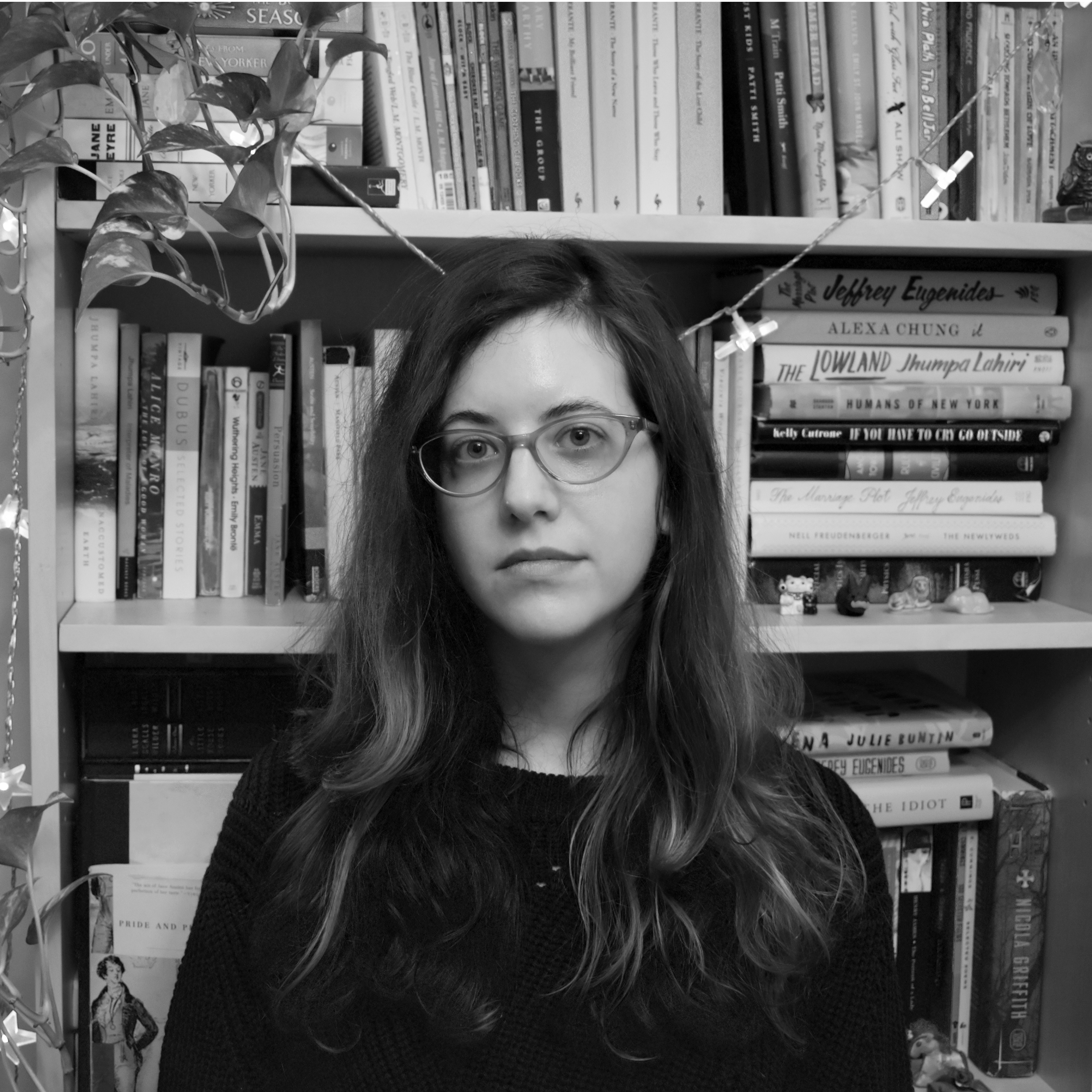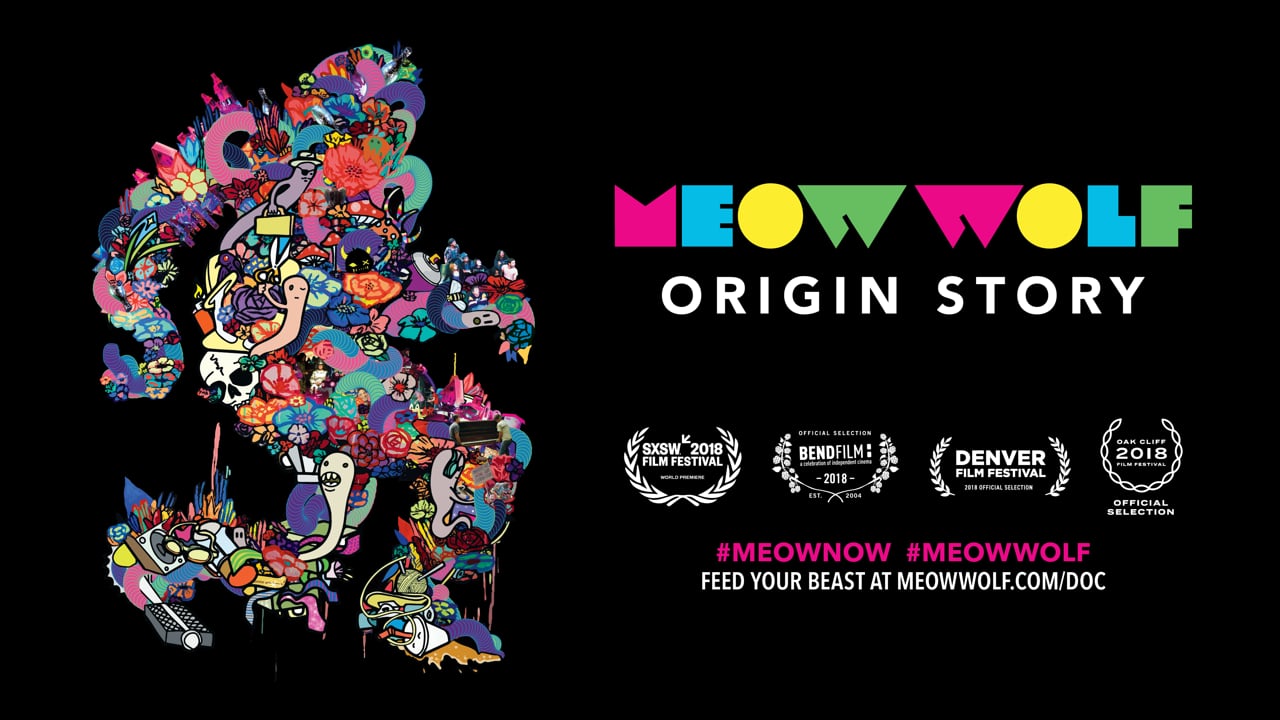Three years ago, the art and entertainment company Meow Wolf — which was founded in 2008 by a visionary collective of DIY artists — opened its first permanent installation inside a 20,000-square-foot warehouse in Sante Fe. Called “The House of Eternal Return,” the concept is an eye-popping, choose-your-own-adventure labyrinth: Visitors are invited to solve a mystery while wandering through a series of fantastical spaces designed to delight and distract. Inside the psychedelic passageways and rooms, video dominates as both a source of inspiration and an artistic medium. Adding to that multi-layered approach, Meow Wolf also uses public-facing video to grow its audience. “We’re based in immersive storytelling, so there are multiple ways you can discover our story,” explains Chris Cloud, Meow Wolf’s Marketing Content Director. “Video is a way to extend the storytelling when the narrative is rich and deep. People can watch videos, meet the characters, and feel that they come to life.” We sat down with Chris to learn more about Meow Wolf’s unique approach to filming, how the company uses video to find new collaborators, and the many ways Vimeo has helped Meow Wolf grow. Read on for excerpts from our conversation.
Tell us about Meow Wolf’s relationship to video.
Since the inception of “The House of Eternal Return,” video has been a key element of our storytelling. At the space, we have video on TV screens, kiosks, and computers. We have many interactive elements that you can’t only capture with photography, and Vimeo provided us with an ideal solution. Internally, our exhibits feature branded narrative content that uses the Vimeo backend. Externally, on our website, we use Vimeo to host our videos, too. When you come to Sante Fe, if it’s a busy time, there are a lot of people in the space. Later, people can go to our Vimeo page, and discover some of the videos that they may have missed.What’s unique about Meow Wolf’s approach to filmmaking?
We embody a do-it-together mentality, where we’re working collaboratively on a number of different projects. We know that ideas come from everywhere. There might be that role of “Director,” but everyone is pitching in. Because of our company philosophy, we’re open to people leveling up their ideas, and providing something that’s bigger than one person and one person’s vision.Tell us about your team.
We’re lucky that our company values both video and video production. We have a post team, a director of production, producers, and animators. The team varies depending on what the project is, and what is called for. What’s great for us is that we have a company of artists, so we can pull from their expertise, too. It creates limitless possibilities.
Did Meow Wolf have a distribution plan for video from the beginning?
It’s constantly evolving. But we realized early on that Vimeo was a good tool to host our videos. Being able to add our own skin to the landing page was the first intention. We’re still looking for ways to go beyond. Ultimately, we want to use Meow Wolf as a platform to elevate other artists.In what ways has video helped Meow Wolf scale and grow?
We’re able to engage with the public and show them our stories. That helps elevate all the art and creativity contained within Meow Wolf. We’re also always looking for partners, and we give a shout out to Vimeo to providing a space for creators. Before I started working at Meow Wolf, I was on my couch watching Staff Picks and stumbled upon a really weird, fascinating video by The Eyeslicer, a radical film crew in Brooklyn. I followed them on Vimeo, and after I joined Meow Wolf, we backed Eyeslicer’s Kickstarter campaign. That’s all tied to Vimeo being an amazing platform for artists and creatives to share their work.Did the success of smaller videos lead to the decision to create Meow Wolf: Origin Story, your feature-length documentary?
We knew there was a fascinating story bubbling up that people want to watch. In the long term, we had already been thinking about how to tell that story, but the short form videos did play a role in validating that people were hungry for more information. Once you’re charged up, you want to digest even more.
How often does Meow Wolf put out new videos?
We put out at least a few a month, sometimes up to a dozen. Earlier in 2019, we brought in about a dozen artists to add new work to our exhibit in Sante Fe, and we highlighted the artists involved through mini–documentaries. Right now, we’re in the midst of promoting a music and art experience in Denver, and we’re dropping video there. We encourage all artists and businesses to look into ways they can tell their story through such a visual medium. Our older videos on Vimeo are still being found, and that’s really gratifying for us.What went into shooting The Meow Wolf Experience, a two-minute introduction to “The House of Eternal Return”?
That video is our most-watched. It’s embedded in the About page on our Sante Fe site. Our intention was to have participants share their experience and thoughts about the art, and it proved to be very valuable. These people had transformative experiences visiting “The House of Eternal Return,” and wanted to talk about it. The mixture of sharing the space and people talking about what it felt like to see it, in their own words, was so great. Now, we use that video as an anchor piece of our storytelling content.What are some challenges that come with filming videos for Meow Wolf?
One of them is having lots of creative voices in the room. It’s a blessing as much as it is a curse. People sometimes assume videos are easy to produce, not realizing the care and attention that goes into production—the detail of sound editing and motion graphics, the coloring, making sure you have the right soundbites when you record, the right b-roll. Because we’re agile and we’ve had success, it makes it seem easy to make a video, or ten. But we’re still growing, and we do have resources that are limited sometimes.
 sharoncsteel.com." title="Sharon Steel is a writer living and working in New York City. She has written about books and culture for the <em>New Yorker</em>, the <em>Boston Globe</em>, <em>The Millions</em>, and other places. Her website is <a href=https://vimeo.com/blog/post/"https://sharoncsteel.com">sharoncsteel.com." width="115" height="65" aria-hidden="false" class="progressive-image object-cover rounded-lg md:rounded-3xl w-[75px] h-[50px] md:w-[115px] md:h-[65px] bg-image-background transform-gpu will-change-[object-position]"/>
sharoncsteel.com." title="Sharon Steel is a writer living and working in New York City. She has written about books and culture for the <em>New Yorker</em>, the <em>Boston Globe</em>, <em>The Millions</em>, and other places. Her website is <a href=https://vimeo.com/blog/post/"https://sharoncsteel.com">sharoncsteel.com." width="115" height="65" aria-hidden="false" class="progressive-image object-cover rounded-lg md:rounded-3xl w-[75px] h-[50px] md:w-[115px] md:h-[65px] bg-image-background transform-gpu will-change-[object-position]"/>